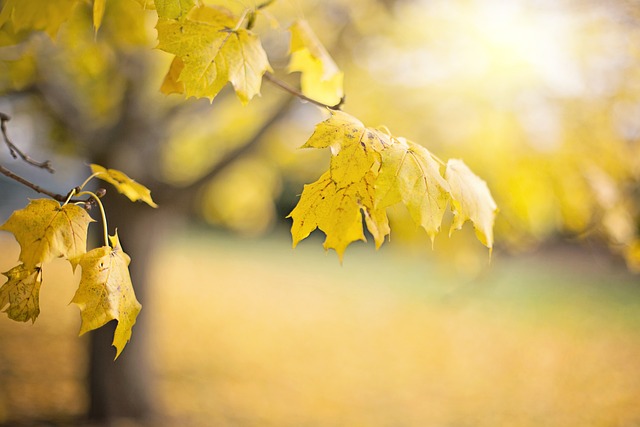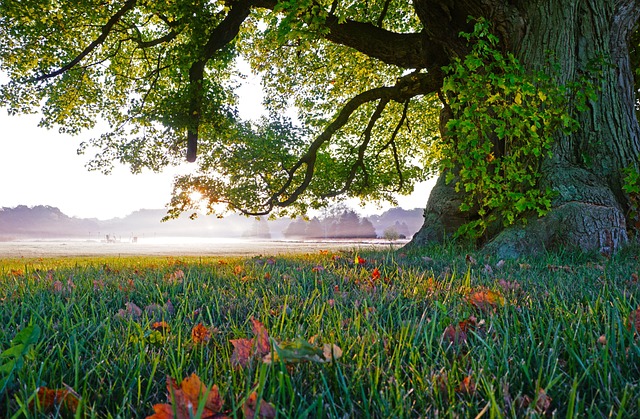In Plano, Texas, recognizing tree disease symptoms through leaf, bark, branch, and root inspections is crucial for both homeowners and professional Plano TX arborists. Early detection allows for aggressive treatment before disease spread. Treatment options include pruning, fungicides, bactericides, proper hydration, fertilization, and pest management. Regular maintenance and consultation with a certified Plano TX arborist are vital for effective prevention, contributing to the longevity of the city's green infrastructure and enhancing its outdoor spaces. These experts guide property owners on tree selection and care, fostering informed decisions that benefit both individual landscapes and the community's collective pride in its urban forest.
“In the vibrant urban landscape of Plano, Texas, the health of trees is paramount. This comprehensive guide delves into the critical aspects of identifying and treating diseased trees, a task meticulously handled by certified arborists. With their expertise, Plano TX arborists play a pivotal role in maintaining the city’s lush tapestry.
From recognizing subtle signs of distress to implementing effective treatment plans, this article equips readers with knowledge to support local tree care professionals, ensuring Plano’s urban forest thrives.”
- Identifying and Treating Diseased Trees in Plano TX: A Comprehensive Guide
- The Role of an Arborist in Managing Tree Health and Diseases in Plano TX's Urban Landscape
Identifying and Treating Diseased Trees in Plano TX: A Comprehensive Guide

In Plano TX, identifying and treating diseased trees is a crucial task for both homeowners and professional arborists. The first step in managing tree health involves recognizing the specific symptoms of common diseases. An arborist in Plano TX should inspect the tree’s leaves, bark, branches, and roots for signs of discoloration, abnormal growths, or wilting. Early detection is key to successful treatment as it allows for more aggressive intervention before the disease spreads.
Treatment options vary depending on the type and severity of the disease. Common strategies include pruning infected branches to halt the spread, applying fungicides or bactericides to control infectious agents, and improving overall tree health through proper watering, fertilization, and pest management. For homeowners, regular maintenance and consultation with a certified Plano TX arborist can prevent and manage tree diseases effectively, ensuring the longevity of these beautiful landscapes.
The Role of an Arborist in Managing Tree Health and Diseases in Plano TX's Urban Landscape

In the urban landscape of Plano, Texas, an arborist plays a pivotal role in maintaining and enhancing the city’s green infrastructure. With a growing urban population and expanding development, the health and safety of trees are more important than ever. A Plano TX arborist is equipped with the knowledge and skills to diagnose and treat tree diseases, ensuring these vital urban residents remain robust and vibrant. They employ various techniques, from pruning and fertilization to pest management and disease prevention, to promote optimal tree growth and longevity.
These professionals also contribute to the overall aesthetic appeal of the city. By carefully monitoring tree health, they can help maintain the beauty of Plano’s parks, streetscapes, and residential areas. Moreover, arborists provide expert advice on tree selection, planting, and care, helping property owners make informed decisions that benefit their landscapes and the community at large. Their expertise is crucial in preserving the urban forest, ensuring it remains a source of pride and a valuable asset for future generations in Plano, TX.
When it comes to maintaining the health and aesthetics of your urban landscape in Plano, TX, a skilled arborist is an invaluable asset. By understanding the signs of diseased trees and employing effective treatment methods, residents can ensure their greenery remains vibrant and robust. The expertise of a local Plano, TX arborist is crucial in navigating the complex world of tree care, allowing property owners to make informed decisions and foster a thriving urban environment for years to come.






